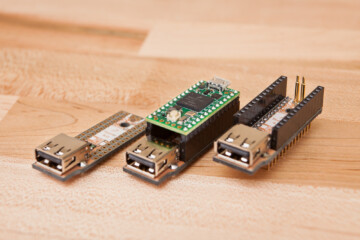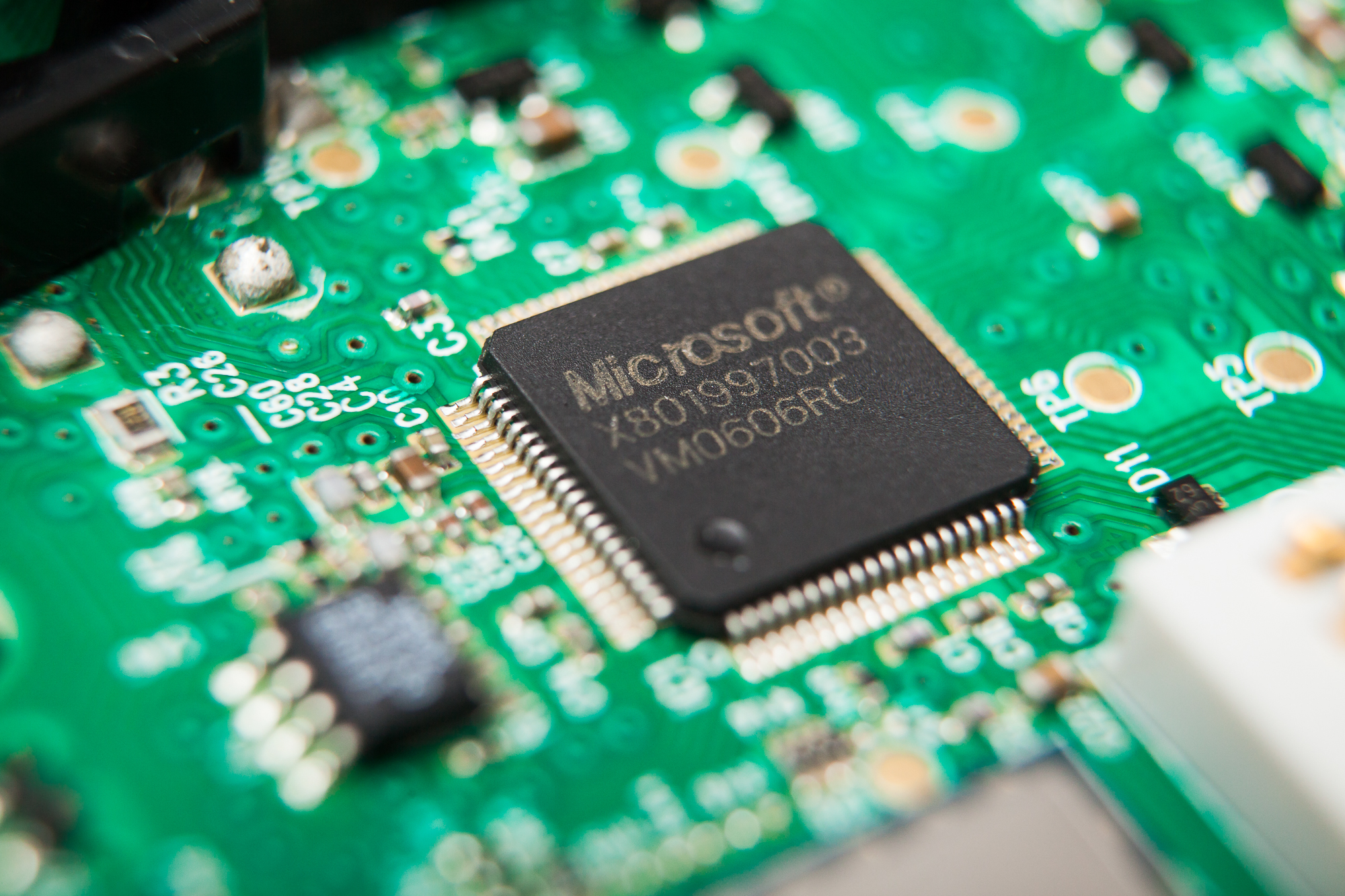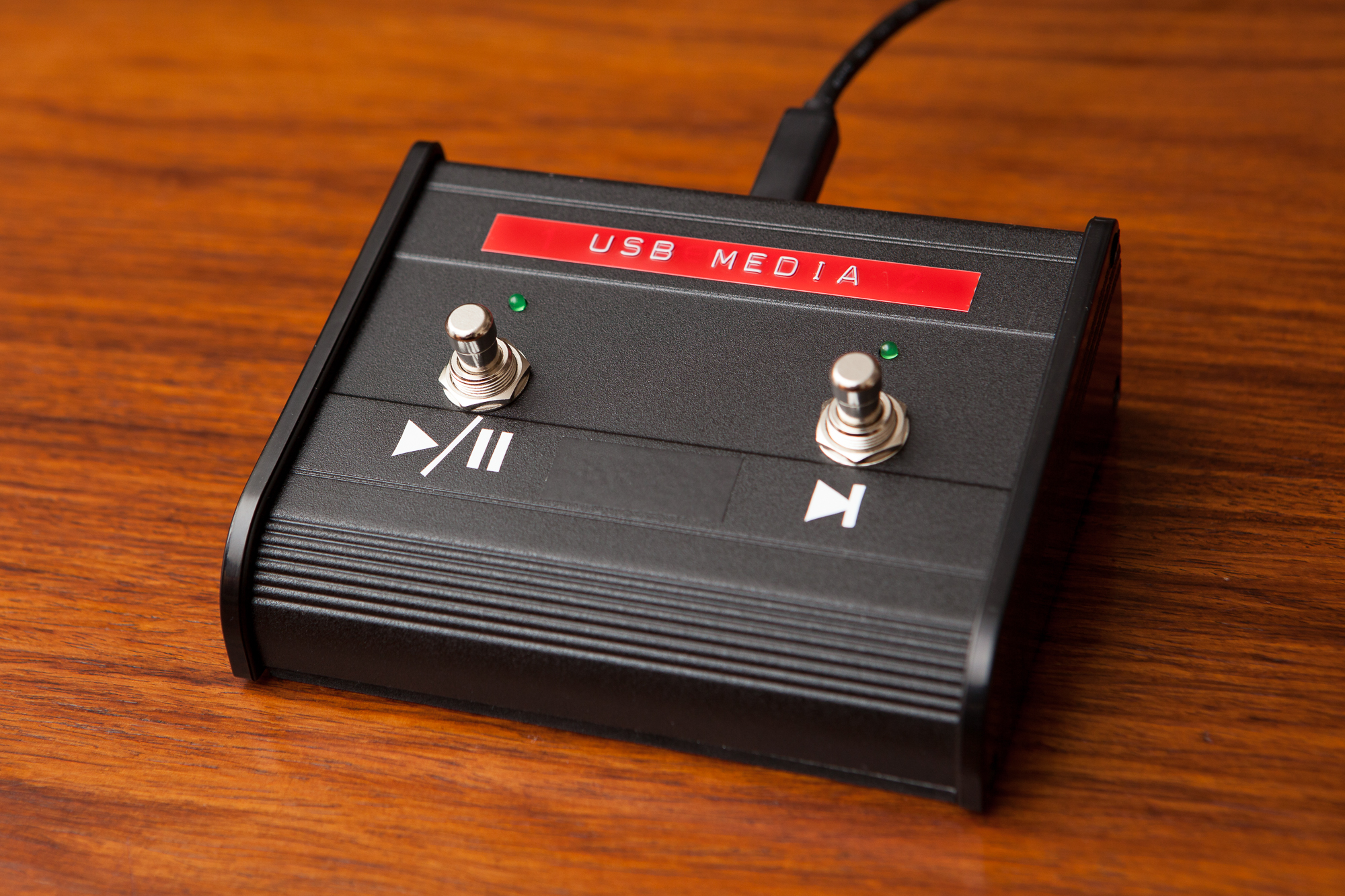Projects
Teensy 4.0 Minimalist USB Host Shield
When the Teensy 4.0 development board hit the market in late 2019 it blew the doors off the place. Sporting a blazing fast 600 MHz ARM processor, 2 megabytes of flash memory, and over 40 I/O pins, at only an inch and a half long it packs a serious punch in a (Teensy) tiny package.
One of the awesome features of this board is its built-in USB host capability. This allows the microcontroller to talk to other USB devices such as human interface devices (mice, keyboards, joysticks), MIDI controllers, and even other development boards over USB serial. While some previous boards such as the Teensy 3.6 had this feature, this is the first Teensy board to include USB host functionality in a small format package.
To take advantage of this awesome new feature, I decided to design a minimalist USB host shield for the Teensy 4.0.
(more…)


